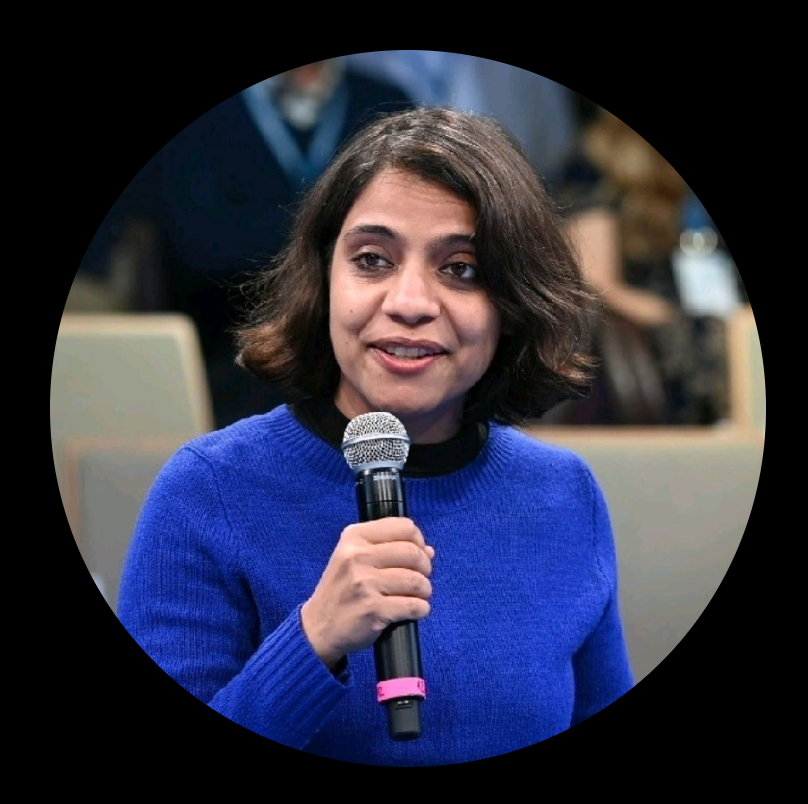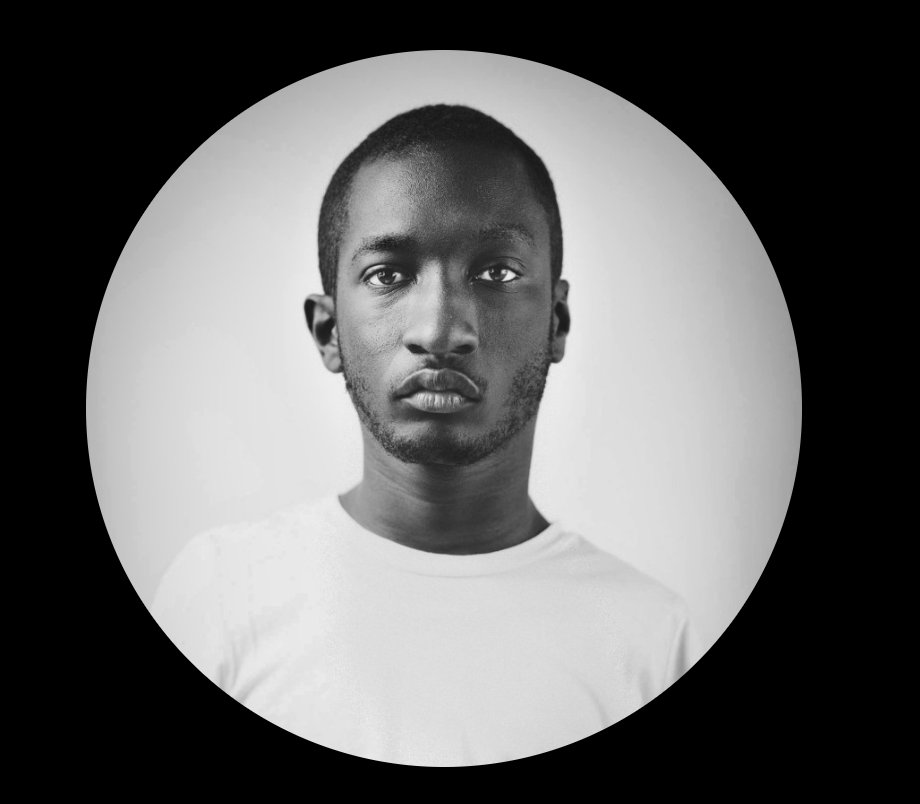How to make your business disability-inclusive, as told by the disabled community
Did you know one in five working-age adults (aged 16 to 64 years) in the UK are disabled? That means a whopping 20% of us have a long-term physical or mental health condition that affects our day-to-day activities. Yet, for many people with disabilities, finding – and staying in – employment can be nigh-on impossible.
The latest data shows the disability employment rate has fallen to 52.6%, while the non-disabled employment rate has risen to 82.5% – meaning the disability employment gap is now at its widest point since 2018.
We don’t know about you, but we think that sucks. Here at Lightning, we believe it’s on all of us to try harder and make our industry an example to follow. So we caught up with some inspiring people from in and around the disabled community to find out how we can all do better. Here’s what they told us.
Disability can mean lots of different things.
“Most people and businesses still have the perception that, when it comes to accessibility and inclusion, wheelchair accessibility is the only thing they need to consider – not knowing that wheelchair users are just 10-12% of the disabled population,” says Neha Arora, Founder of Planet Abled. “The rest have other disabilities – visible and invisible. And this ignorance exists because of a lack of representation.”
People with disabilities can work.
The major barrier for people with disabilities when it comes to finding (and staying in) work is the “Societal stigma and prejudice that people with disabilities cannot work and perform equitably in the workplace,” explains Arora.
“People like myself can work,” says Isaac Harvey, a Disability Advocate and President of Wheels and Wheelchairs. “We’re just not given the opportunity to do so.”
Advertise in a way that’s inclusive to people with disabilities.
“In the past few years, many employers have said they offer equal opportunities, but it’s not really put into practice,” says La Rocca. “There’s a fear of the process being discriminatory; some people feel they shouldn’t let on that they’re disabled because they might be discriminated against.”
If you really are an equal opportunities employer – and you’re willing to truly practise what you preach – then spell it out. “The biggest difficulty is that sometimes you can find the work, but it’s not advertised in a way that you feel would be accessible,” says Harvey.
Adapt your hiring process to be inclusive of people with disabilities.
“Companies that want to become more attractive to people with disabilities need to make their website more accessible and understand what that means,” says La Rocca. For example, “If there’s a job section, there needs to be an option to change the format of the application if they need to.”
Harvey echoes this, recalling some research he was part of: “I could send in a video, I could do a voice recording, or I could do it as text – there were three different ways I could engage in the research, and I think that should be the same with the recruitment process.”
“There needs to be a clear understanding of the barriers in an interview,” says La Rocca. “For example, travel directions.” Another thing to consider, suggests Isaac, is allowing people to have the interview questions beforehand – as he explains, “some people need more time to think about it and if they’re put on the spot they may not give a good answer.”
How do you make your recruitment process more accessible and flexible? “The solution is to have conversations and involve disabled people,” explains La Rocca. And remember: one size doesn’t fit all: “Create a tailor-made hiring and placement process based on the person's livelihood requirements and accessibility needs,” says Arora. “A step-by-step training program and onboarding process is a very effective way of including them into the workforce steadily and slowly if they cannot jump right away into the work.”
“It’s just about people having choice and options,” says Harvey. “It’s about opening your door a bit wider for people.”
Make reasonable accommodations for people with disabilities.
“Sometimes there’s a lack of understanding from employers about people’s needs, which can affect how well they end up working,” says Harvey. “For me, with my leg pain, sometimes I may have to lie down – so maybe having the facilities for that, so I can continue working afterwards.
“If [people with disabilities] somehow land a job in the industry, the lack of reasonable accommodations in the workplace impacts them in continuing their work,” says Arora. The solution is simple: “Give them an equal opportunity and provide all reasonable accommodations to help them perform to the best of their abilities in their respective roles,” she explains.
Flexibility makes all the difference for people with disabilities.
“Some people with disabilities aren’t able to do the nine-to-five and do require it to be flexible hours,” explains Harvey. “That could be because of fatigue; pain from sitting all day… Not having that flexibility from the get-go can be quite challenging.”
“A person’s disability might hinder their working in a fast-paced 10am-to-7pm environment,” says Arora, “but their work output can be the same if they’re given more flexibility.”
As Isaac observes, COVID showed us businesses don’t grind to a halt if you allow teams a bit of flexibility in when and where they work. But, with many businesses now trying to get people back in the office, he hopes they can adopt hybrid policies, rather than taking a hard line. “Don’t get me wrong,” he says, “I would say most people with disabilities still want to go into work and feel like they’re included, but it’s better to have the choice.”
To make sure everyone’s on the same page, says La Rocca, “Everything needs to be outlined. If you know you need five breaks during the day, let’s discuss it.” You might also need to be more flexible – or “friendly,” as he puts it – with other policies, such as sick days. For some people, their disability might occasionally put them out of action for longer than your average cold; being an inclusive employer means recognising and accommodating this wherever possible.
Create a safe space for people with disabilities,
“[People with disabilities] should have access to a safe space where they can voice their concerns or access needs freely, and where their needs are accommodated by the employer,” says Arora. “This includes a lack of sensitisation among coworkers. As much as a disabled employee needs to adjust to a new work environment, other non-disabled employees have to be inclusive of their coworkers in all possible ways.”
“Where most of the work is needed after being employed is the coworkers,” agrees La Rocca. “How are they going to act? For example: you take five breaks and they don’t – how is that going to affect them?” This may be more tricky – but nonetheless important – for people with ‘invisible’ disabilities, he explains. Talking about his employee, “People might say, ‘You don’t look blind.’ Those sorts of comments make little cracks in someone’s day.”
You could brief your team on an individual’s needs and agreed accommodations before they join your company. You could organise relevant training. But a person with a disability feeling welcome and included within your business relies on your business having an inclusive culture to begin with. That means the attitudes and values of who else you choose to hire is just as important. Growing a diverse and inclusive team isn’t a tick-box exercise: it must run through everything you do.
Don't make assumptions about people with disabilities.
“Do not judge their capabilities and take decisions for them,” says Arora. “Include them in the process of role assignment and give them room to grow.”
Not only that, “Do not club all disabled people in one department, assuming that they’d all like to stick together,” she goes on. “Identify roles that best suit them and their disability, and which they enjoy doing.”
If you’re not sure, ask.
“On one hand, people don’t ask because they’re afraid to ask and they don’t want to get it wrong,” says Isaac. “But I’m a huge believer that if you don’t know, you should ask. And then it’s for us to tell people, rather than saying, ‘You should know all of this’ or complaining to people… I think it should be seen as a two-way street.”
A great example of why this is so important is the language you use to refer to people with disabilities. “There’s not one defining term that’s ‘right’ – I think it’s down to the individual,” says Isaac. “For me, I prefer to say “person with disabilities,” but I have a really good friend who refers to herself as a disabled person. You have to speak to the individual and say, “How would you like to be referred to?” Then go from there.”
Representation of disabled people makes business sense.
Without meaning to state the bleeding obvious, “People with disabilities go on holiday,” points out Damiano La Rocca, founder of Seable. His tour operator caters specifically for people with visual impairments – a service he considers a necessity, simply because no one else is equipped to do it: “I have to create this service. But I wish it wasn’t needed,” he says.
So far La Rocca has employed one person, who is visually impaired. “The goal is to have the whole team blind, or visually impaired,” he explains.
“To me, it just makes sense. The holidays are for blind people and they should be organised by them.” Specific though his offering might be, his logic applies to any and all travel brands. Theoretically, one in five potential travellers could have a disability. If you want to really understand your client base, your team should be representative of them.
“As they say: nothing about us, without us,” says Arora. “If there are no team members with disabilities (more so in leadership) in a tourism business, how will they be represented and their needs met?”
“When we hire more people with diverse sets of disabilities and, as a business, work towards accommodations for them and provide them accessibility at the workplace,” she explains, “that will instantly trickle down to guest/customer experience.” And you can’t argue with that.
----------------------------
Please do follow the amazing contributors to this blog post too, they are all inspirations in their own right and the travel & hospitality communities should continue to learn from, pay and support these icons:

Neha Arora (she/her), Founder of Planet Abled - follow on LinkedIn.

Isaac Harvey (he/him), a Disability Advocate and President of Wheels and Wheelchairs - follow on LinkedIn.

Damiano La Rocca (he/him), founder of Seable - follow on Linkedin.
---------------------------
Lightning is committed to being the change we want to see and educating via storytelling. Our CEO Thea Bardot (they/she), is proudly trans non-binary and ADHD and talked about neurodiversity in the workplace by interviewing Joseph Pack - founder of Drug Free ADHD. Check out the bonus video content below:
built by: huzzah!


